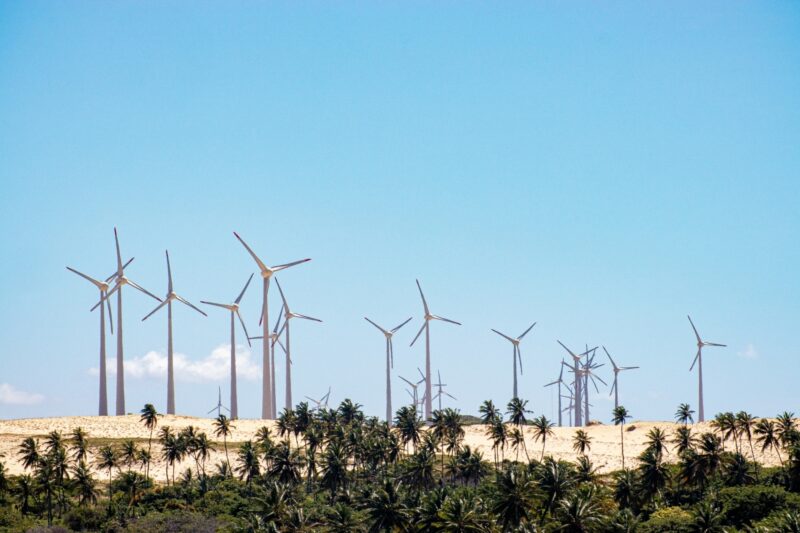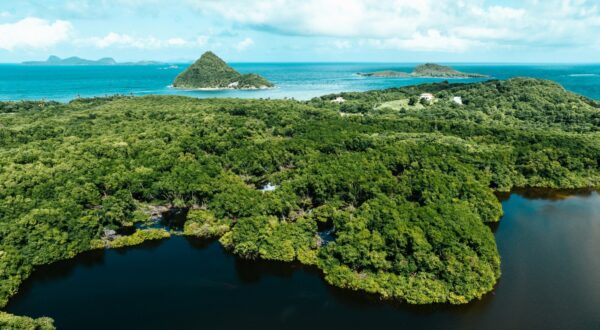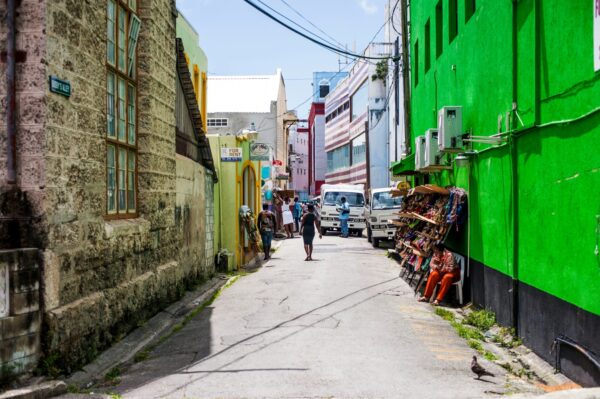Could Brazilian clean energy leadership come to an end?
Share

On the 30th of June, Brazil and the United States issued a joint statement in which they announced a number of steps aimed at reducing GHG emissions of these two countries. Among others, Presidents Barack Obama and Dilma Roussef promised to significantly increase the share of renewable sources of energy — excluding hydropower — in their respective power generation mixes to the level of 20% by 2030. In addition, the president of Brazil declared that her country would increase the share of renewable sources other than hydropower in the energy sector to between 28–33% by 2030.
Due to the high share of bio- and hydro energy in its power mix, Brazil already belongs to the list of countries with the lowest carbon intensity in the world. According to the IEA statistics, for each tonne of oil equivalent of energy (toe) generated, the country emits less than 1,6 tCO2 – this is more than 30% below the global average and 11% below the carbon intensity of the energy sector in the EU. Emissions from the power sector are also very low: with 97 gCO2 per kWh the country’s emissions are one sixth of the global average and a quarter of the EU’s power sector.
Recent analysis performed by the Climate Action Tracker (CAT) shows, however, that emission trends may be heading in the opposite direction. Contrary to the global decrease in carbon intensity in recent years, Brazilian CO2 emissions from the energy sector increased by almost 14% per unit of energy consumed between 1990 and 2012. The power sector has also become significantly more carbon intensive: emissions for each kilowatt-hour generated increased by over 80% in the same period. At the origin of this trend is the shift towards more carbon-intensive sources, notably towards the use of coal. Its usage has increased by 50% in the case of the overall energy consumption, and 300% in the case of the power sector in the same period.
The main driving force of the increase in the Brazilian energy sector has been the rapidly increasing energy demand. Over the last two decades Brazilian GDP has more than doubled, and with it demand for amenities such as air conditioners, which consume a significant amount of energy in this country. Furthermore, in the framework of the program Luz para Todos (Light for All) in less than a decade 14.8 million of Brazilians – or almost 8% of the country’s population – gained access to the power grid (IEA 2013).
The trend of increasing power consumption is set to continue. An average Brazilian still consumes less than a fifth of the energy consumed by an average citizen of the United States and half of that of a UK citizen (World Bank). But how fast energy demand in this country will increase is debatable. According to the New Policies Scenario of the World Energy Outlook, published annually by the International Energy Agency, Brazilian energy demand is set to increase by almost 25% between 2014 and 2023. According to the Brazilian government’s document Plano Decenal de Expansão de Energia 2023 (PDE2023) this increase will lie at about 37%.
These differences in the estimation of the future energy demand refer to the broader question as to whether further economic growth must be accompanied by a similar rate of increase in energy consumption. Significant improvements in energy efficiency make it possible for the same standard of life to be achieved at much lower levels of energy consumption – an element which is largely underestimated in the Brazilian government’s document. According to PDE2023, energy efficiency should lead to a decrease in energy consumption by around 5% compared to business-as-usual. This is quarter of the 20%-target set in 2009 by the European Union for 2020 – a region with a much smaller potential to increase its energy efficiency.
The way energy efficiency will be dealt with will have a strong impact on the quantification of the renewable energy target announced recently by Dilma Rousseff. Already in 2012 the share of non-hydro renewables in the Brazilian energy sector is 28.4%, which is above the minimum range of the 28-33% target announced in Washington by the Brazilian leader at the end of June. According to the CAT, increasing the share of renewables to 33% in 2030 could reduce energy related CO2 emissions by 12.9 to 49.6 MtCO2 in that year only compared to business-as-usual, or 2.1-7.9% of the total emissions from the energy sector. Which of these options materializes depends on the source of energy the renewables are going to replace. In the optimistic scenario, leading to a higher emissions reduction, the renewables would mainly replace coal and oil. In the pessimistic one new coal-fired power plants will be built – next to renewables – to satisfy the rapidly increasing demand.
Which of the scenarios is closer to reality remains to be seen, but there are already some worrying signs on the horizon which indicate that the pessimistic one is closer to reality: in its auction for additional power capacity in November last year, the Brazilian government has – for the first time since 2011 – invited bids from investors planning to build gas- and coal-fired power plants. In the end 80% of the almost 5 GW auctioned went to operators of thermal power plants including 3000 MW from natural gas and 340 MW from coal. That’s an increase by over 30% of the installed gas-fired capacity and 10% of the capacity of the coal-fired power plants. Fossil fuels were also the unquestionable leader of the auctions in April this year: Amongst the winners was Genpower, which plans to build a massive gas-fired power plant with the capacity of 1.516 MW in the northeast of the country, potentially contributing over 2.5 mln tCO2 to Brazilian emissions every year.
Representatives of the government justify the opening of the auctions to fossil fuels with the issue of energy security: High reliance on hydro energy makes the Brazilian power sector susceptible to power deficits in case of droughts. Therefore, until 2023 the government plans to increase the capacity of the thermal power plants by 7.500 GW. With 28 GW currently installed in thermal power plants it means an increase by almost a quarter. According to the current trend, a large majority of these plants is going to be fired by natural gas. Discoveries of large offshore gas and oil fields, especially in the Santos basin south of Rio de Janeiro, led to a hype of investment and a major reorientation of the Brazilian energy policy. According to PDE2023, the country will more than double its extraction of natural gas by 2023. The IEA is also extremely optimistic about the increased utilization of the newly discovered gas resources: according to its scenario, Brazilian natural gas consumption is due to increase fourfold between 2012 and 2040. Its share in the power sector is supposed to increase from currently 8.5% to almost 15% in the coming 25 years.
This has important repercussions for Brazilian climate policy. Even if natural gas is much less carbon intensive than coal or oil, development of infrastructure for gas extraction and investment in gas-fired power plants may lock this country in a fossil fuel-based energy system for decades to come, when switching off coal-fired power plants may not be enough to fulfill increasingly stringent emissions reduction targets. Without a turnaround in Brazilian energy policy increasingly relying on investment in coal and gas-fired power plants, the days of the Brazilian leadership in low carbon sources of energy will be counted.











